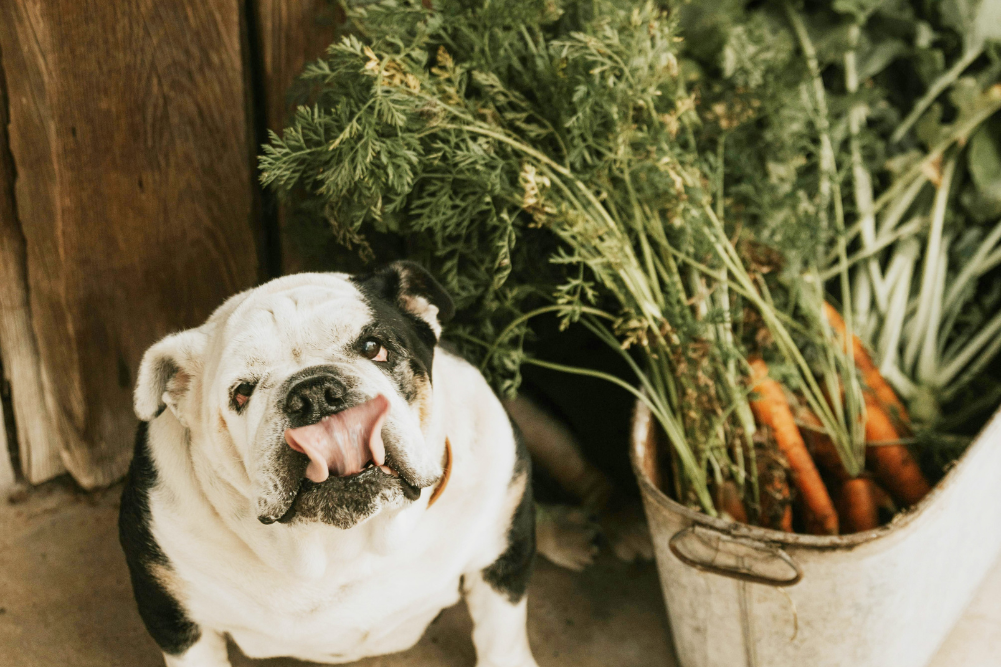Medicinal CBD update
CBD stands for cannabidiol, which is derived from the cannabis plant Cannabis sativa. Recreational users like to differentiate between sativa and indica varieties for their different effects. Botanists consider that there is a single species, Cannabis sativa L, with a number of subspecies. From a medical perspective, we’re more concerned with the amount of THC (delta-9-tetrahydrocannabinol) in the plant, its effects and how it can be used safely.
The endocannabinoid system
The endocannabinoid system (eCS) is a regulatory system involved with multiple body functions. The eCS consists of receptors, endocannabinoids and enzymes.
There are cannabinoid receptors located throughout the body. The two most well-researched are CB1 and CB2. The CB1 receptor is mainly found in the brain and nervous system, especially in the areas of the brain involved in pain perception. CB1 receptor activation affects pain modulation, reduces nausea, improves appetite, improves memory and cognition and regulates sleep. The CB2 receptor is involved in immune and inflammatory responses. CB2 receptor activation reduces inflammation and pain. There are no psychoactive effects.
Endocannabinoids and enzymes
Endocannabinoids are chemical substances made within the body that bind to the cannabinoid receptors. Over 30 endocannabinoids have been identified. They are not stored, but are produced when required at times of stress, trauma or illness.
Phytocannabinoids
Phytocannabinoids are exogenous plant-based compounds produced in Cannabis sativa and other plants. They activate receptors in the eCS. CBD and TCH are the most well-known.
CBD
CBD is regarded generally as non-psychoactive. However, CBD has anti-anxiolytic and antidepressant effects. It modulates both CB1 receptors and CB2 receptors, and CBD can reduce adverse THC effects.
CBD has many possible therapeutic benefits, including antioxidant effects and relief of pain. It is a potent anti-inflammatory. It has anti-nausea, anti-diabetic and anticancer effects. It also reduces anxiety.
THC
THC binds both CB1 and CB2 receptors. Possible therapeutic benefits include pain relief, reducing muscle spasms and antiemetic, immunomodulatory and anti- inflammatory effects. It may stimulate appetite. It is TCH that causes the recreational “high”.
Low-THC CBD oil is the product vets can prescribe in Australia. This comes from hemp plants, which were previously only for industrial use, but are now bred to produce high amounts of non-psychoactive cannabinoids. Hemp that is grown for medical use is checked for heavy metal and pesticide contamination.
Any plant that contains more than 0.3 per cent THC is referred to as high-THC cannabis — or marijuana if used recreationally. THC does have psychoactive effects and may be toxic to dogs if not used carefully. Current legislation in Australia limits veterinary use to less than 2 per cent of cannabinoids other than CBD.
Regulatory issues in Australia
As registered veterinarians in Australia, we can prescribe medical-grade CBD oil as a Schedule 4 prescription. We must write an individual prescription, for a veterinary patient under our care, and have the product compounded by an accredited veterinary compounding pharmacist. The compounded product must be 98 per cent CBD, and less than 2 per cent other cannabinoids.
One problem with many products available online is a lack of standardisation and lack of transparency. Some products only contain hemp seed oil and are more of a food supplement than a medicinal CBD. They may only contain traces of cannabinoids.
Safety
Side effects are generally mild in my experience. Some pets may seem drowsy, have softer stools or seem slightly uncoordinated. There may also be herb–drug interactions to consider. Vets may need to reduce or increase the dose of other medications that have been prescribed. We routinely monitor liver enzymes in pets on long-term CBD.
We can use full-spectrum CBD oil as part of a multimodal treatment approach for pain in dogs and cats with chronic degenerative joint disease or back pain, skin allergies, IBD, anxiety, diabetes mellitus, palliative care and epilepsy.








